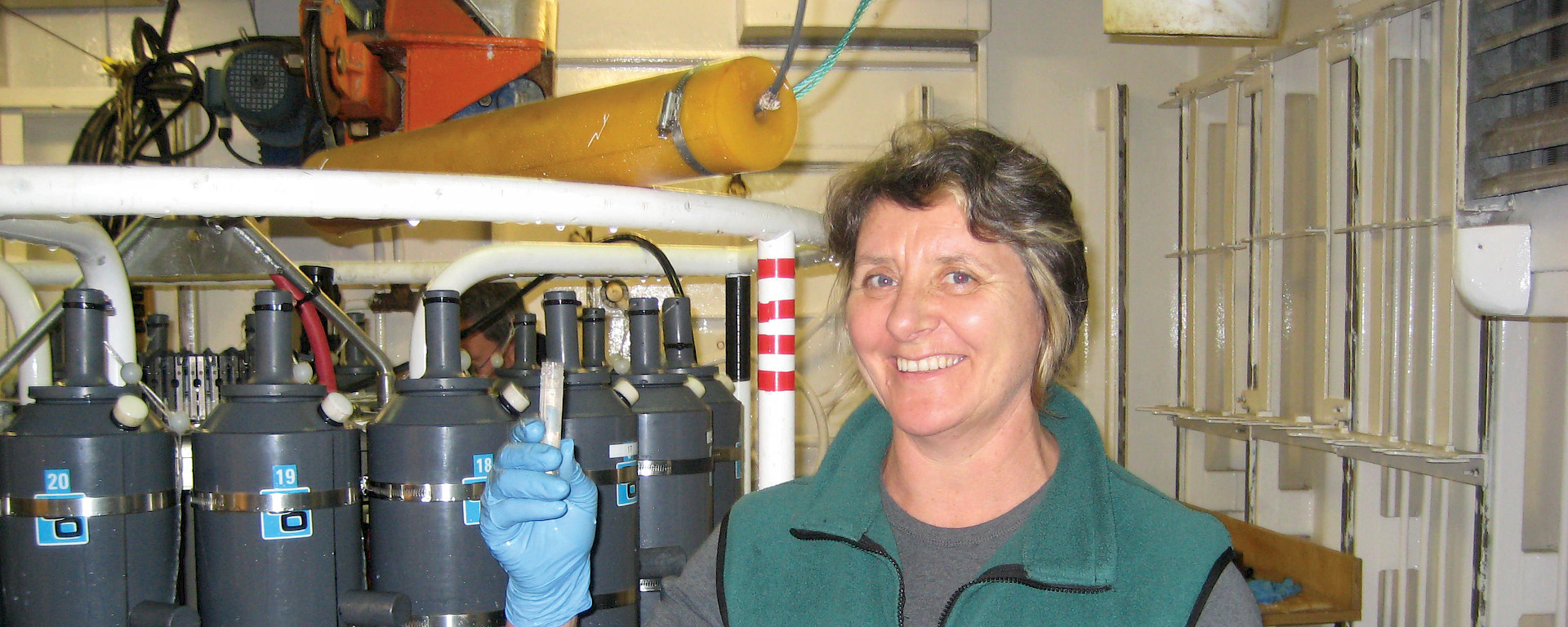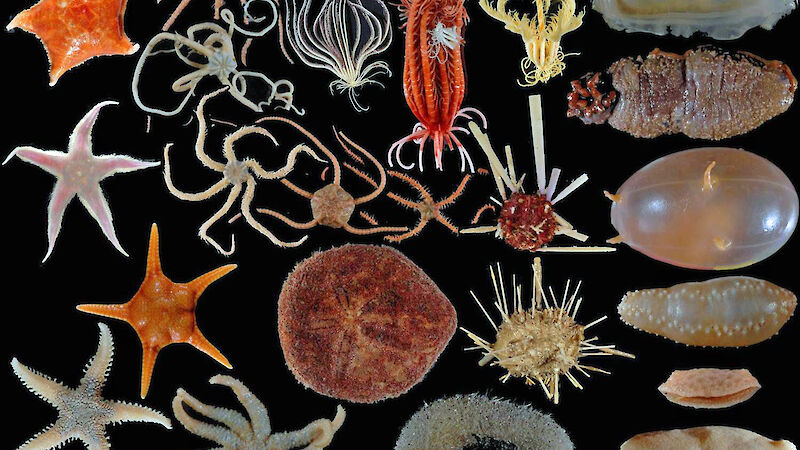Australian Antarctic scientists joined with polar researchers around the world to celebrate two years of intensive, internationally coordinated scientific research for the International Polar Year (2007–2009), which officially ended on 25 February 2009. A celebration was held in Geneva, Switzerland, coinciding with the release of the report, The State of Polar Research. This report provides an overview of the collective impact of international and interdisciplinary research conducted during the IPY, and the future of polar research.
During the IPY, five Australian-led research projects (see below for details) made significant advances in scientific understanding in Antarctica and the Southern Ocean. For all projects the IPY provided an opportunity to collaborate with scientists from different nations and different scientific disciplines, enabling research on a larger and more comprehensive scale than ever before. The Census of Antarctic Marine Life (CAML), for example, coordinated ships from 18 nations, sampling life across large, diverse and unexplored regions of the Southern Ocean and continental shelf. Similarly, the Climate of Antarctica and the Southern Ocean (CASO) project drew together 25 international projects to develop a circumpolar snapshot of the physical environment of the Southern Ocean.
Many of the projects gathered information which has been, or aims to be, stored in broadly accessible databases. These data are a key IPY legacy and will be invaluable for future research and, in some cases, will provide benchmark information against which environmental change can be observed. A number of observational systems and associated infrastructure were also established, and equipment installed, which will enable continued and long-term research. Some research, such as that conducted during CAML and the Aliens in Antarctica project, has already instigated practical changes that will assist future conservation of the Antarctic environment.
As well as building relationships with new and existing scientists, science students and research institutions, Australian IPY scientists also engaged with the general public. A range of public outreach and education activities were conducted, including IPY days, school visits, and the creation of web blogs and educational and scientific websites.
Altogether, the success of the Australian projects in delivering on the four major goals of the IPY — advances in polar knowledge; a legacy of infrastructure and observational systems; inspiring a new generation of scientists; and public outreach — will ensure the scale, success and broad understanding of Antarctic research, made possibly by the IPY, will continue.



